
Shortcut learning is when a model -- e.g. a cardiac disease classifier -- exploits correlations between the target label and a spurious shortcut feature, e.g. a pacemaker, to predict the target label based on the shortcut rather than real discriminative features. This is common in medical imaging, where treatment and clinical annotations correlate with disease labels, making them easy shortcuts to predict disease. We propose a novel detection and quantification of the impact of potential shortcut features via a fast diffusion-based counterfactual image generation that can synthetically remove or add shortcuts. Via a novel self-optimized masking scheme we spatially limit the changes made with no extra inference step, encouraging the removal of spatially constrained shortcut features while ensuring that the shortcut-free counterfactuals preserve their remaining image features to a high degree. Using these, we assess how shortcut features influence model predictions. This is enabled by our second contribution: An efficient diffusion-based counterfactual explanation method with significant inference speed-up at comparable image quality as state-of-the-art. We confirm this on two large chest X-ray datasets, a skin lesion dataset, and CelebA.


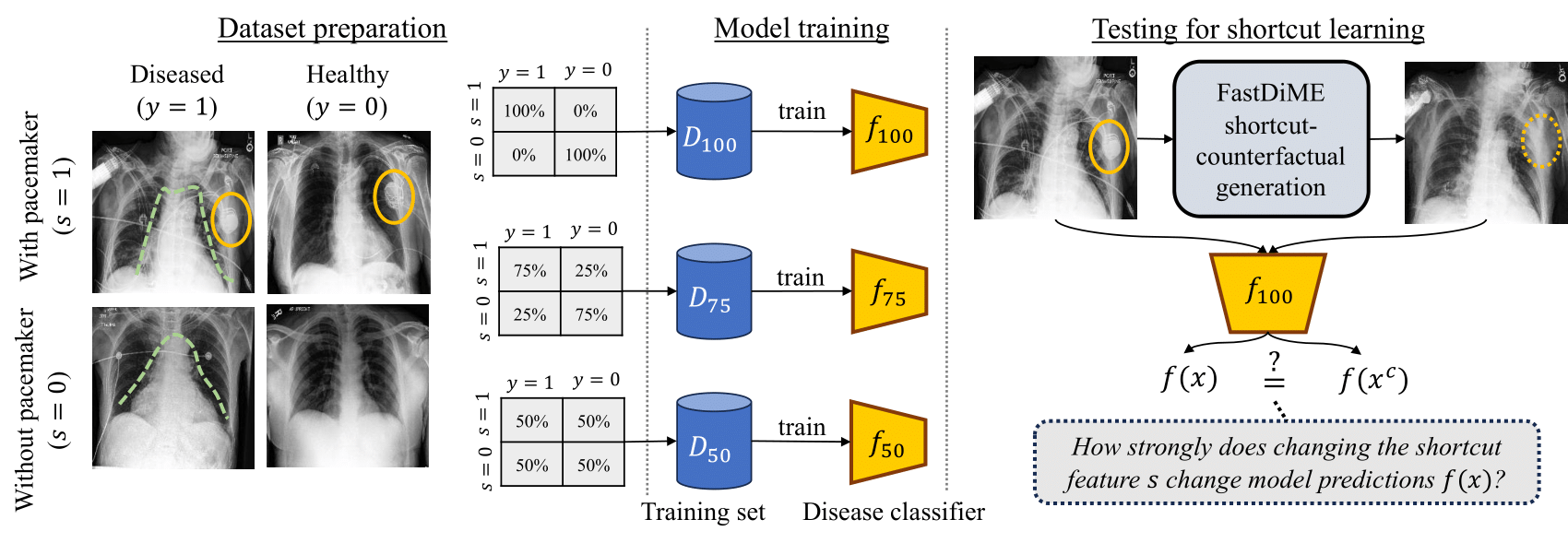
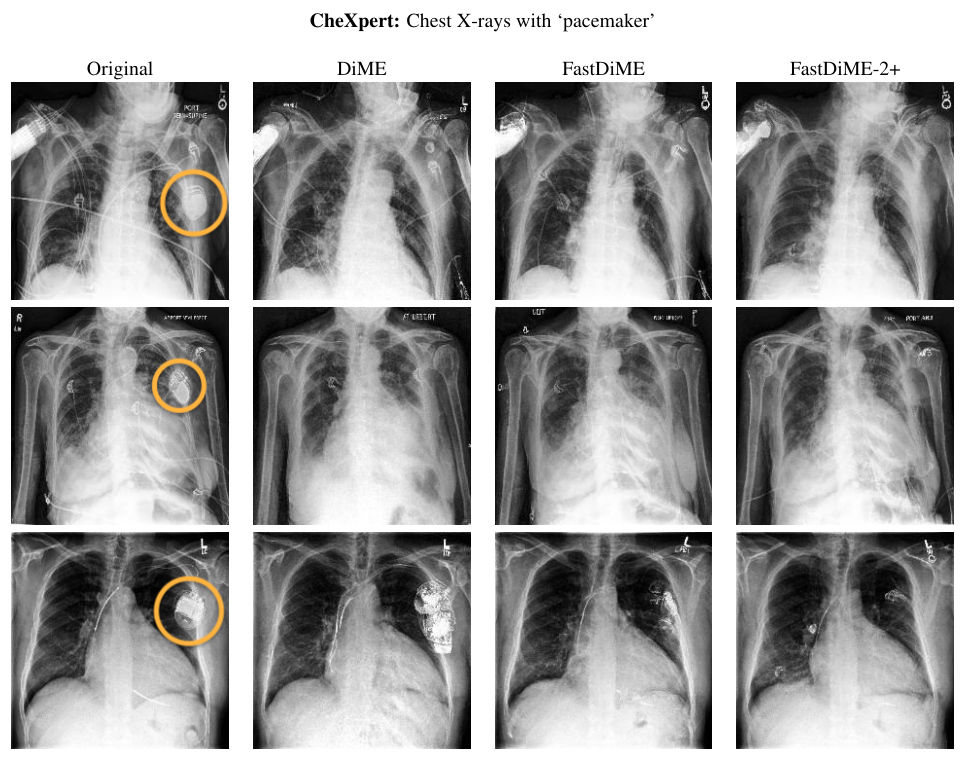

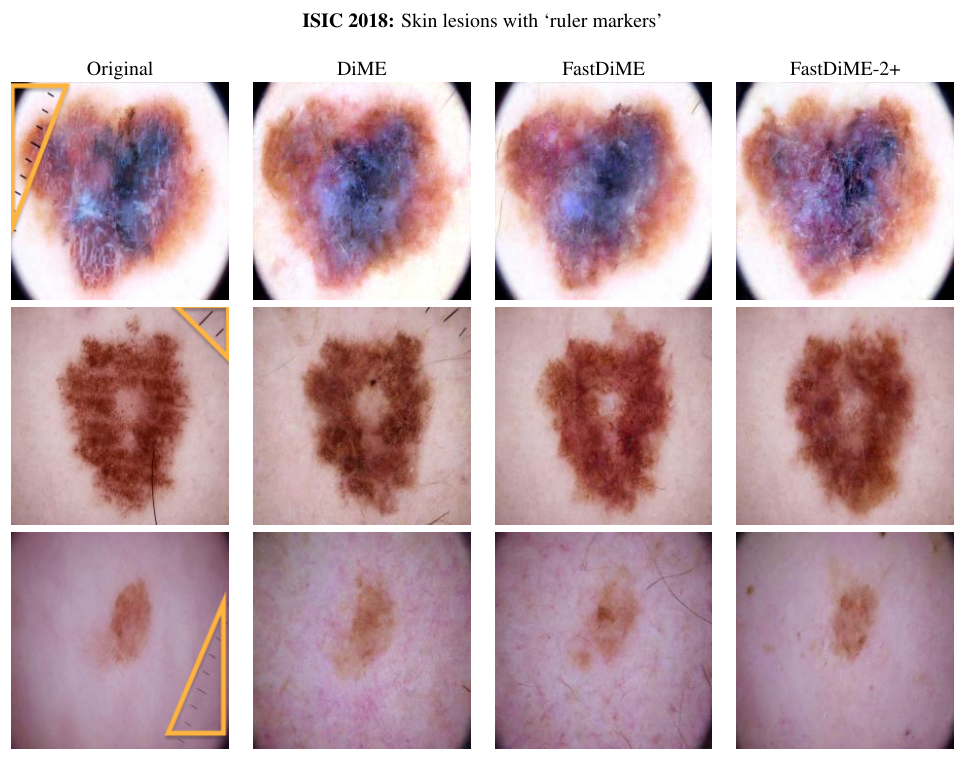
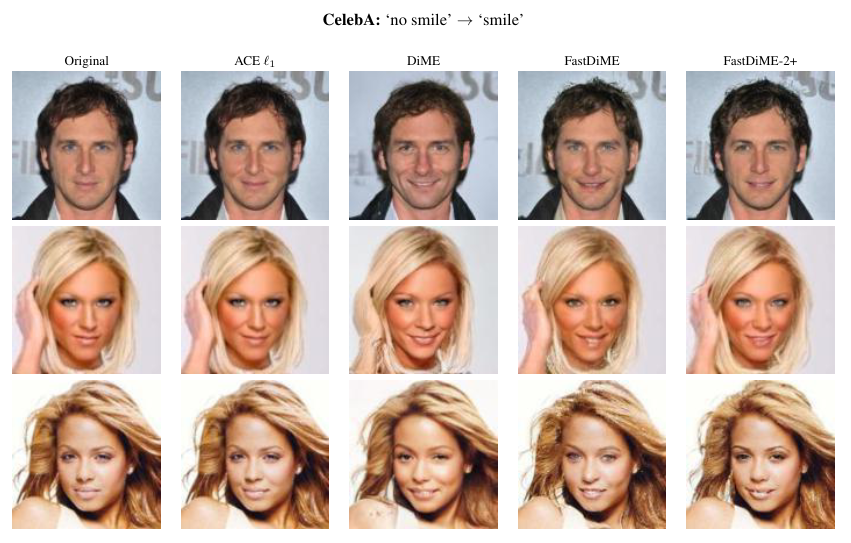
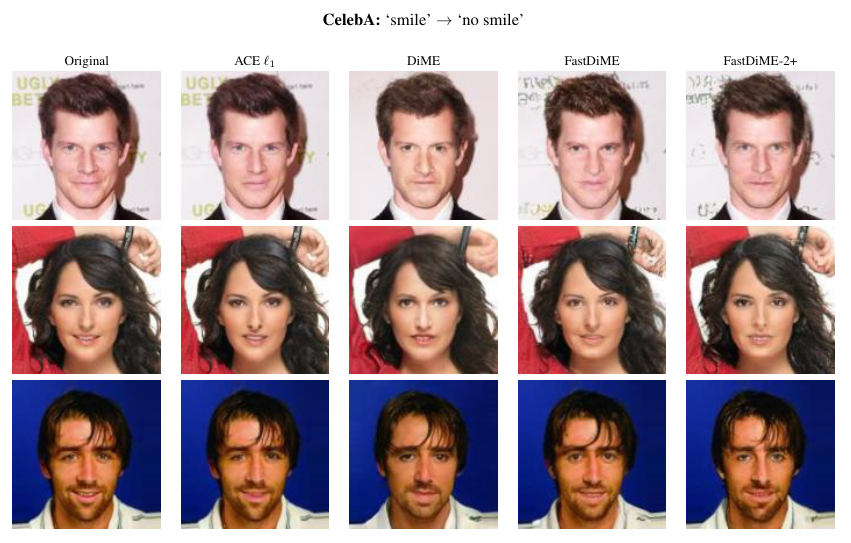
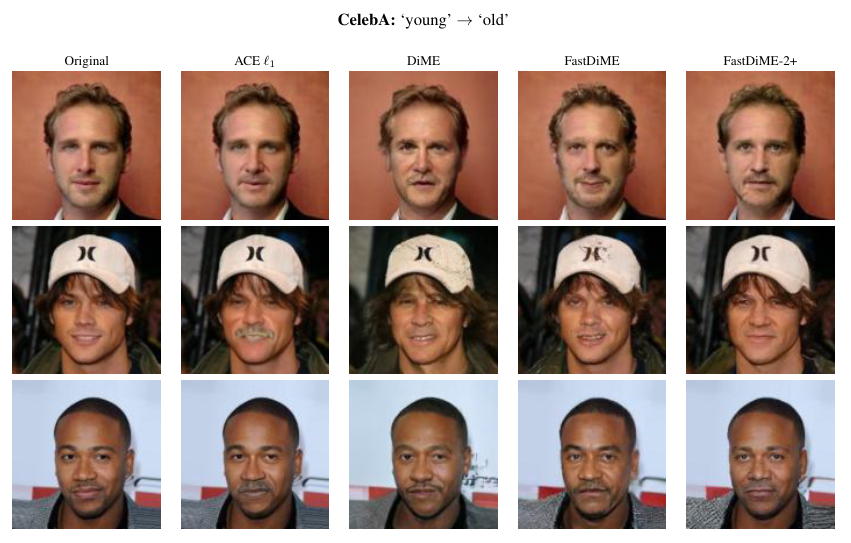
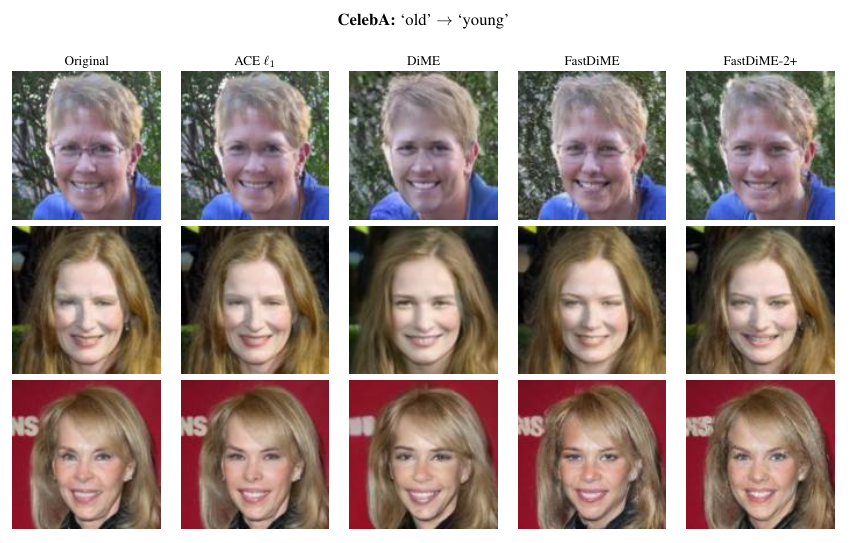

@inproceedings{weng2024fast,
title={Fast diffusion-based counterfactuals for shortcut removal and generation},
author={Weng, Nina and Pegios, Paraskevas and Petersen, Eike and Feragen, Aasa and Bigdeli, Siavash},
booktitle={European Conference on Computer Vision},
pages={338--357},
year={2024},
organization={Springer}
}